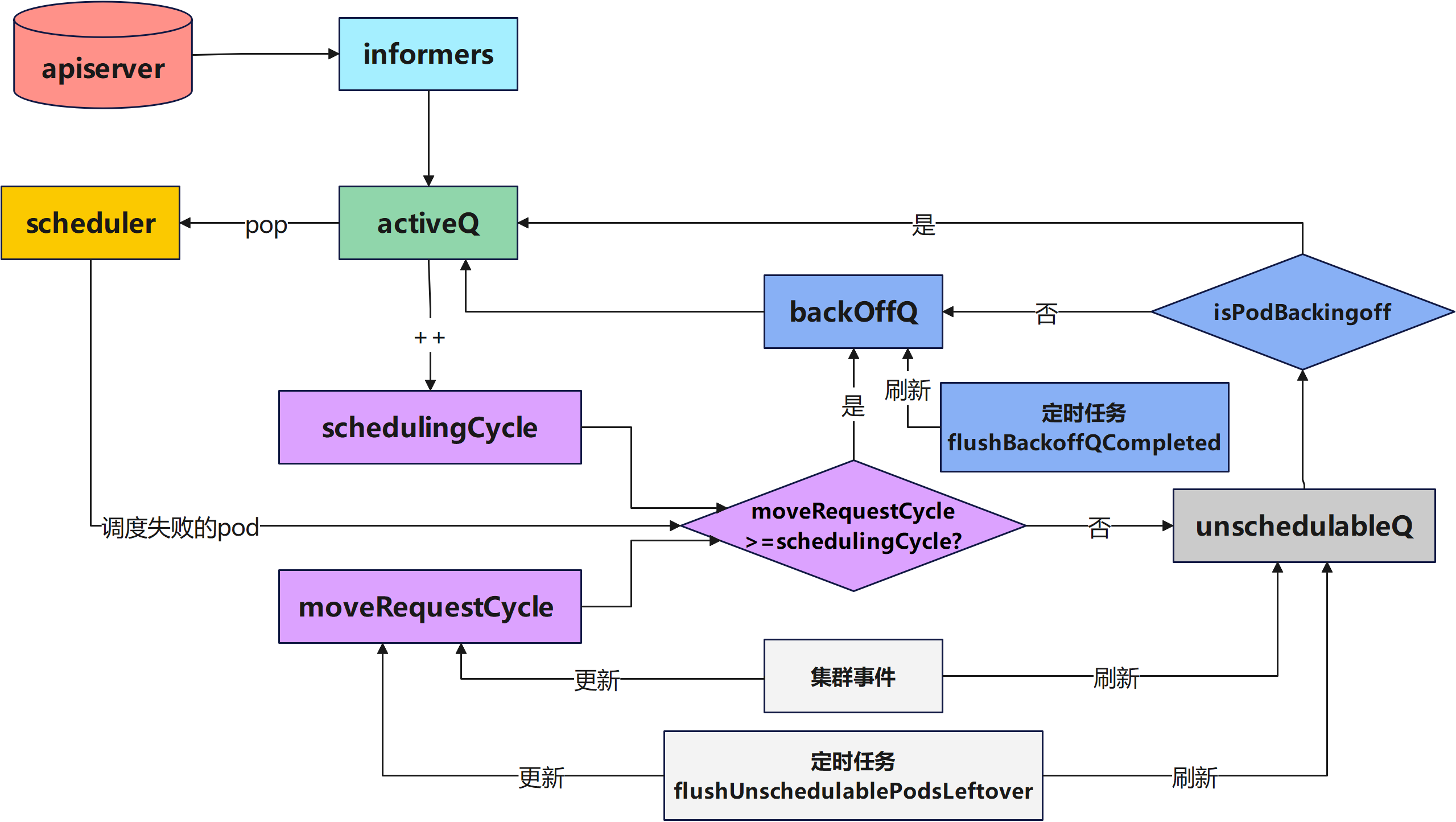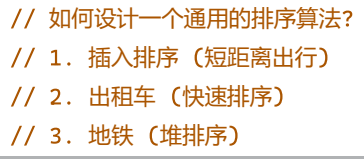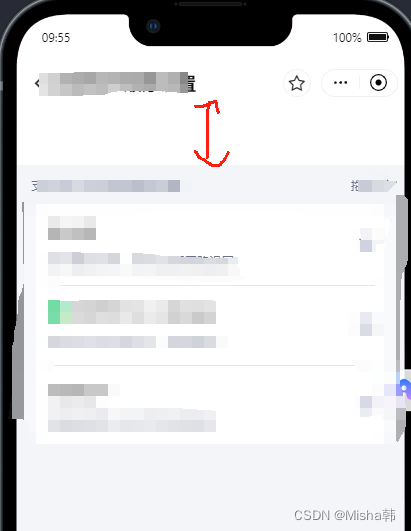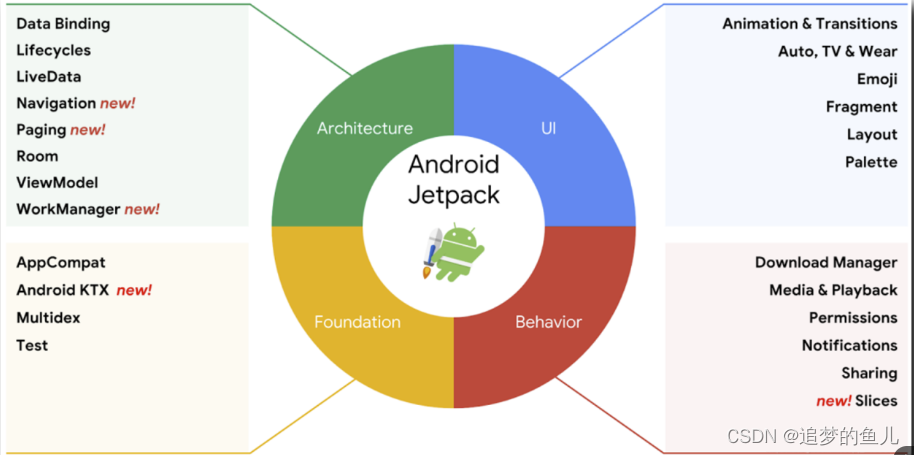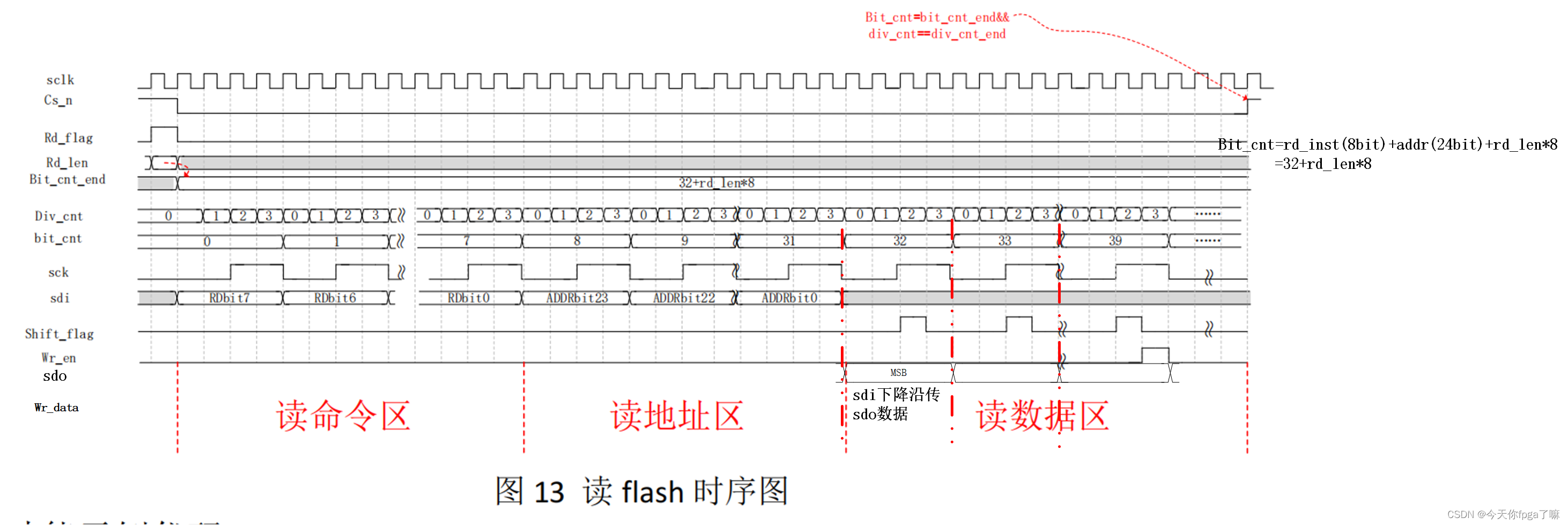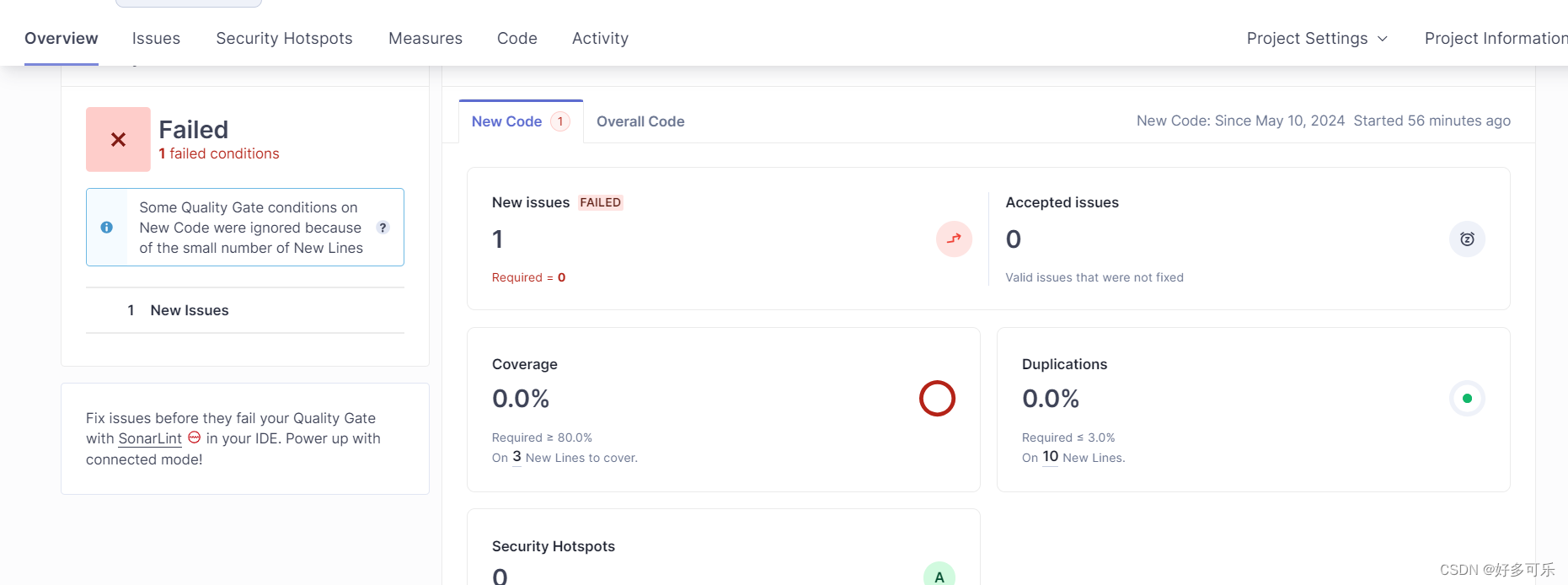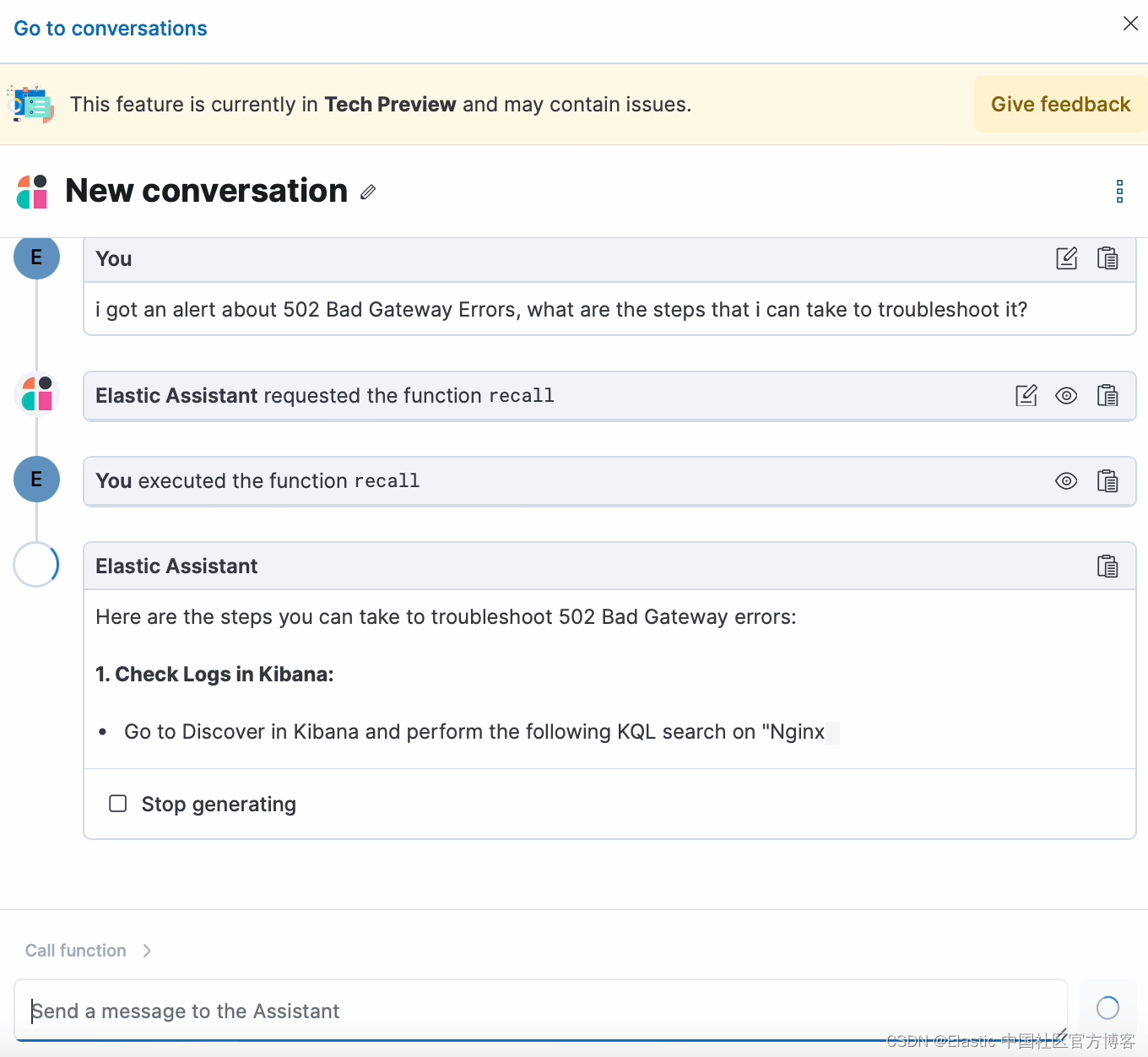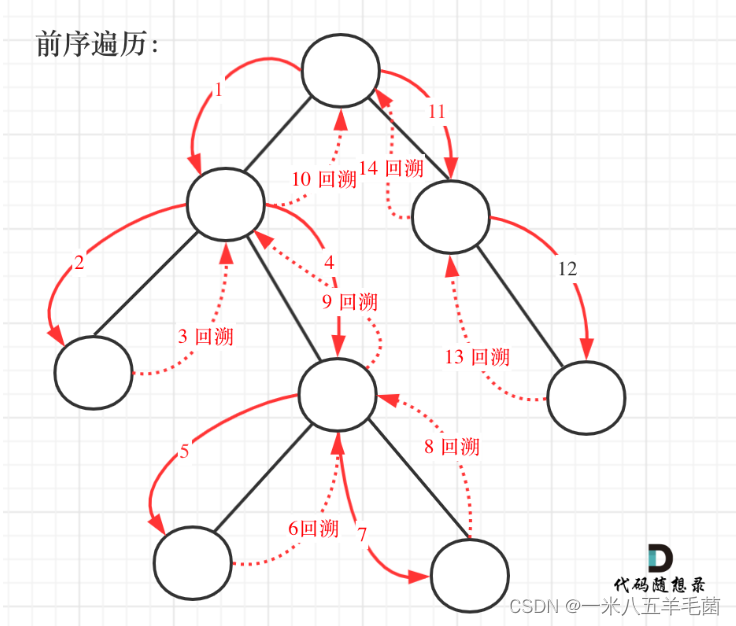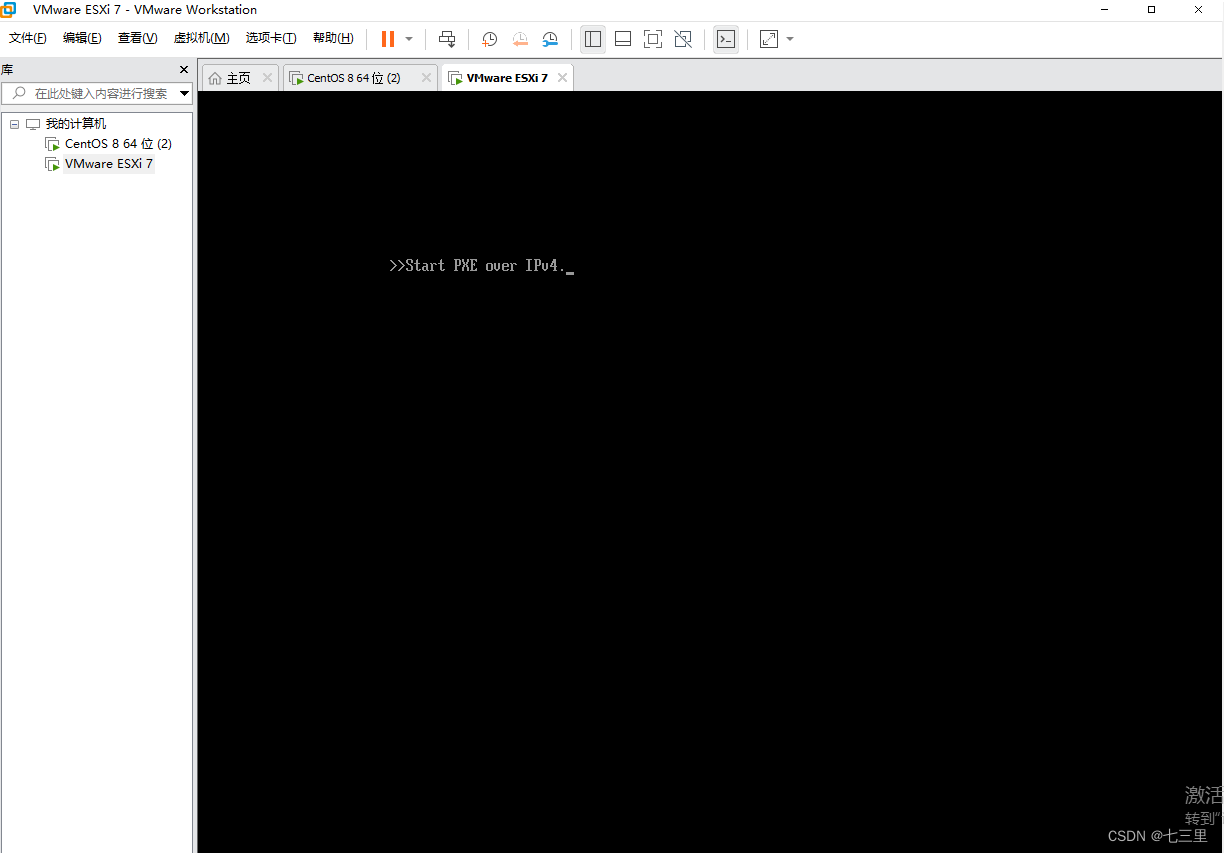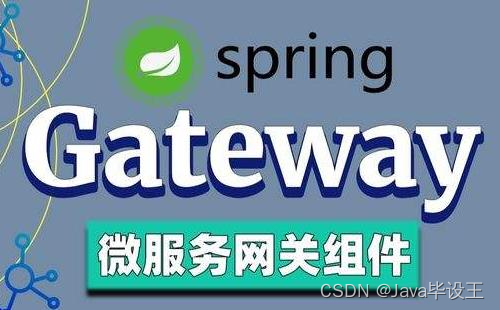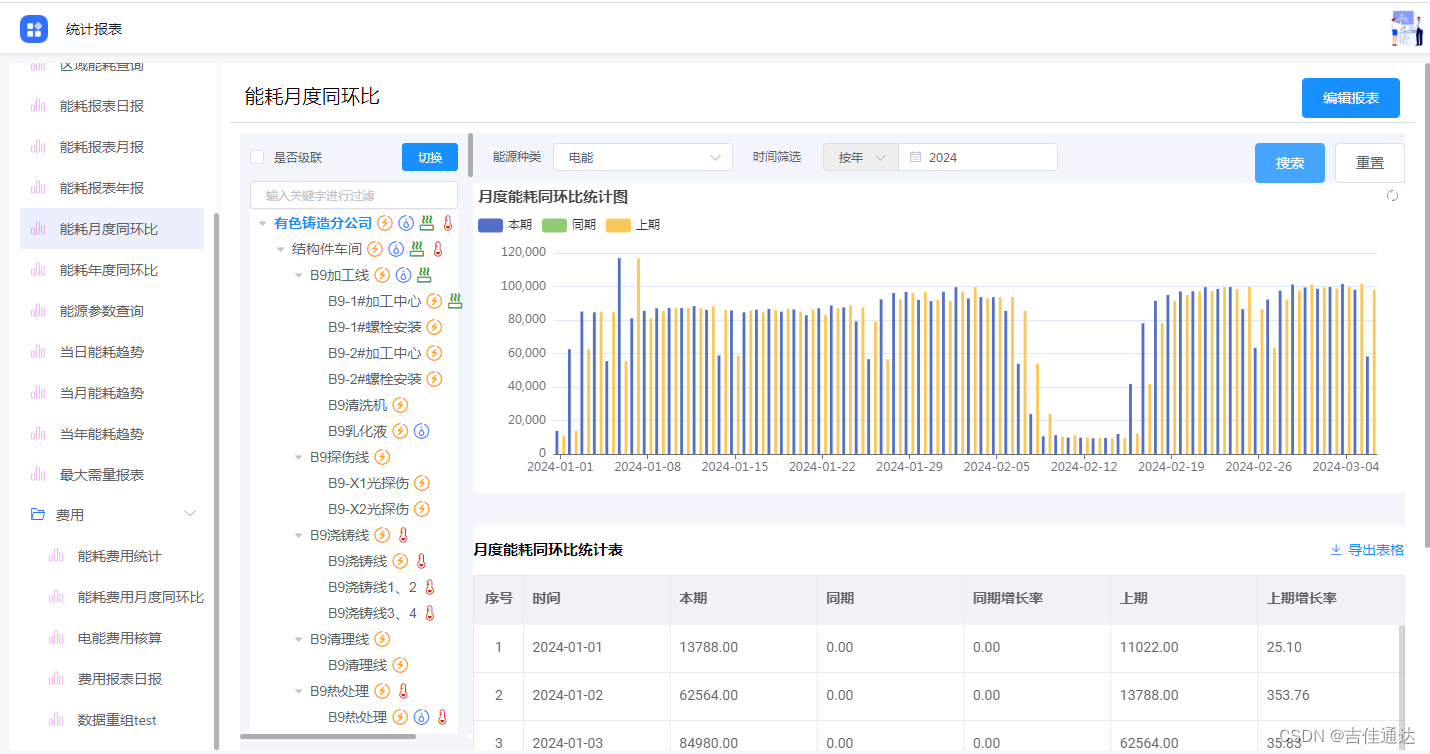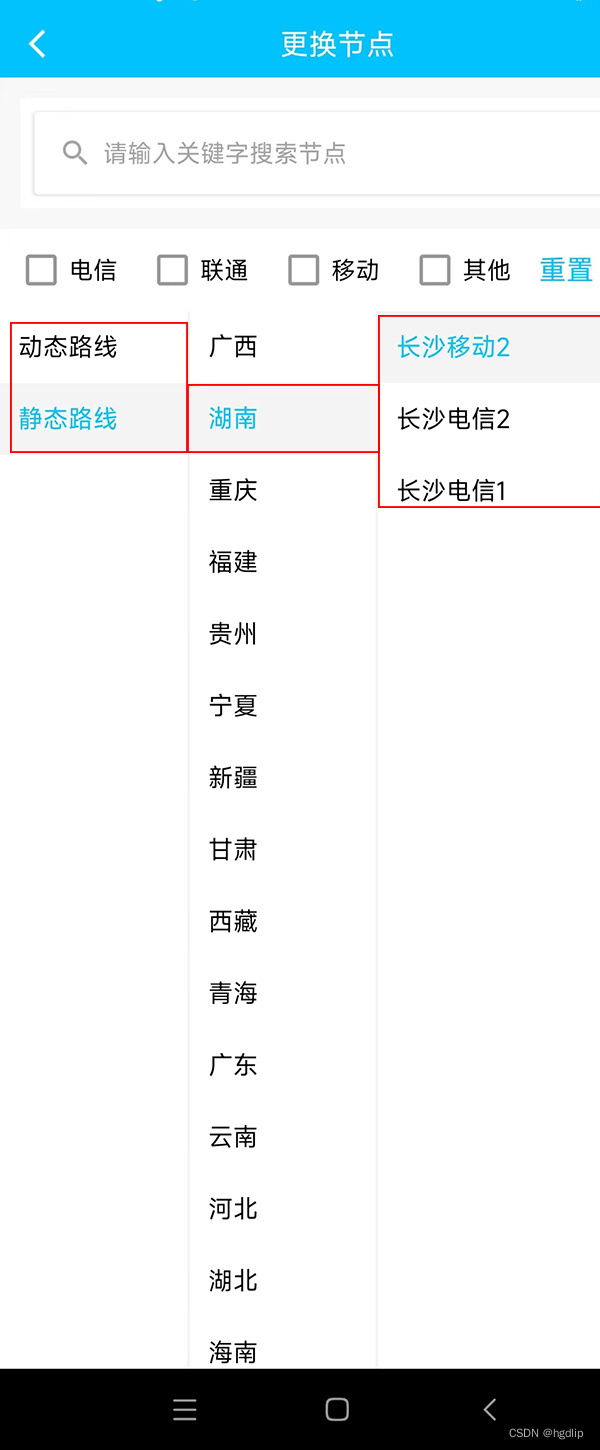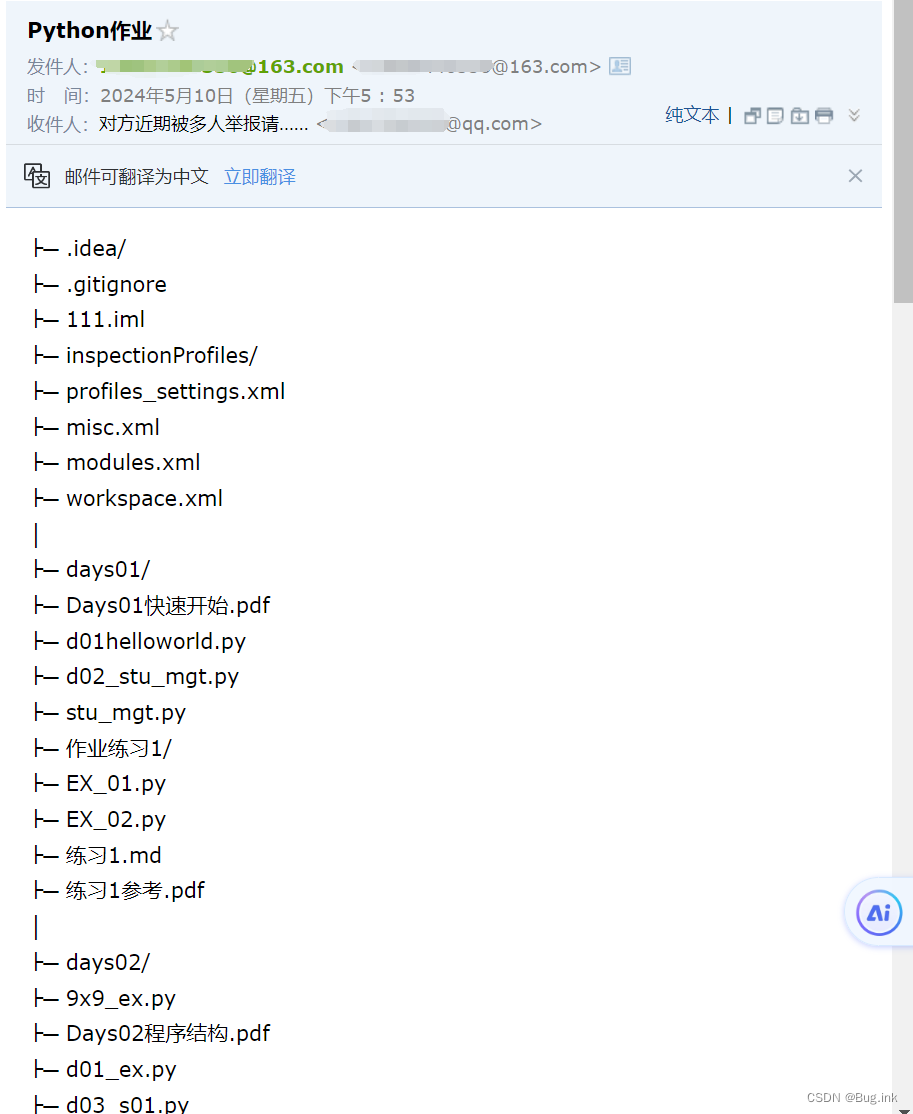本文首发在个人博客上,欢迎来踩!
本次分析参考的K8s版本是
文章目录
- 调度队列简介
- 调度队列源代码分析
- 队列初始化
- QueuedPodInfo元素介绍
- ActiveQ源代码介绍
- UnschedulableQ源代码介绍
- **BackoffQ**源代码介绍
- 队列弹出待调度的Pod
- 队列增加新的待调度的Pod
- pod调度失败返回队列的处理
- flushBackoffQCompleted
- flushUnschedulablePodsLeftover
- 调度队列总结
调度队列简介
这里是官方对于K8s中调度队列的介绍,很值得一看:Scheduling queue in kube-scheduler。整体的架构如下图所示。
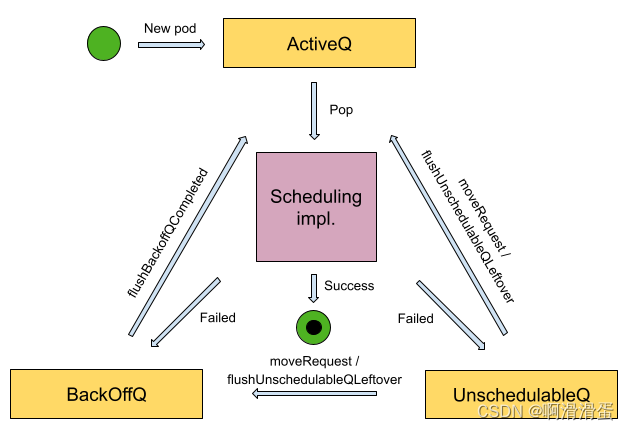
简单来说K8s中的调度队列主要有3种:
- ActiveQ(heap结构):在每个调度周期开始时都会从这里取出一个Pod尝试调度。一开始提交的所有没有指定
.spec.nodeName的Pod都会发送到这里,也会接收来自unschedulableQ和BackoffQ刷新来的pod。默认的排序规则是按照优先级进行排列,高优先级的Pod在前面。 - UnschedulableQ(Map结构):存储调度失败的Pod,以等待资源更新、其他相关Pod调度成功等事件,从而将其的Pod其进行重调度。
- BackoffQ(heap结构):用来暂时退避的队列,默认的排列规则是按退避时间的长度进行排序,需要退避的时间短的Pod在前面。为了防止Pod频繁的重调度,每个Pod都会记录自己的重调度次数,退避时间随着每次失败的调度尝试呈指数增长,直到达到最大值,例如尝试失败 3 次的 Pod 的目标退避超时设置为 curTime + 2s^3 (8s)。注意有两种情况下Pod会进入到BackoffQ队列中:
- unscheduleableQ会定时对其中的所有pod进行重调度,那么就需要计算各个pod是否退避了足够的时间,如果没有就放入到BackoffQ中再退避一段时间。
- 如果一个Pod调度失败时,正好这时又异步地发生了资源变更事件(
p.moveRequestCycle **>=** podSchedulingCycle)(schedulingCycle是当前调度的周期,ActiveQ队列每pop一个pod,就加1,moveRequestCycle是事件发生时schedulingCycle的值),那么就不会放入UnschedulableQ中,而是会直接放入到BackoffQ中。
调度队列机制有两个在后台运行的定期刷新 go协程,负责将 pod 移动到活动队列,后续也将详细介绍相关代码:
- **flushUnschedulablePodsLeftover:**每 30 秒运行一次,将 Pod 从UnschedulableQ中移动,以允许未由任何事件移动的不可调度的 Pod 再次重试。
- **flushBackoffQCompleted:**每1秒运行一次,将BackoffQ中已经回避了足够久的Pod移动到ActiveQ队列中
移动请求(move request)会触发一个事件,该事件负责将 Pod 从UnschedulableQ移动到ActiveQ或BackoffQ。集群中许多事件可以触发移动请求的发生,包括了 Pod、节点、服务、PV、PVC、存储类和 CSI 节点的更改。例如当某些pod被调度时,UnschedulableQ中与其具有亲和性要求而导致之前无法调度的pod就会被移动出去,或者当某个新node加入时,原本因为资源不够导致无法调度的Pod也会被移动出去。
调度队列源代码分析
队列初始化
Scheduler中的调度队列SchedulingQueue为internalqueue.SchedulingQueue类型,该类型的实现在pkg/scheduler/internal/queue/scheduling_queue.go:92,如下。
// SchedulingQueue is an interface for a queue to store pods waiting to be scheduled.
// The interface follows a pattern similar to cache.FIFO and cache.Heap and
// makes it easy to use those data structures as a SchedulingQueue.
type SchedulingQueue interface {
framework.PodNominator
Add(pod *v1.Pod) error
// Activate moves the given pods to activeQ iff they're in unschedulablePods or backoffQ.
// The passed-in pods are originally compiled from plugins that want to activate Pods,
// by injecting the pods through a reserved CycleState struct (PodsToActivate).
Activate(pods map[string]*v1.Pod)
// AddUnschedulableIfNotPresent adds an unschedulable pod back to scheduling queue.
// The podSchedulingCycle represents the current scheduling cycle number which can be
// returned by calling SchedulingCycle().
AddUnschedulableIfNotPresent(pod *framework.QueuedPodInfo, podSchedulingCycle int64) error
// SchedulingCycle returns the current number of scheduling cycle which is
// cached by scheduling queue. Normally, incrementing this number whenever
// a pod is popped (e.g. called Pop()) is enough.
SchedulingCycle() int64
// Pop removes the head of the queue and returns it. It blocks if the
// queue is empty and waits until a new item is added to the queue.
Pop() (*framework.QueuedPodInfo, error)
Update(oldPod, newPod *v1.Pod) error
Delete(pod *v1.Pod) error
MoveAllToActiveOrBackoffQueue(event framework.ClusterEvent, preCheck PreEnqueueCheck)
AssignedPodAdded(pod *v1.Pod)
AssignedPodUpdated(pod *v1.Pod)
PendingPods() ([]*v1.Pod, string)
// Close closes the SchedulingQueue so that the goroutine which is
// waiting to pop items can exit gracefully.
Close()
// Run starts the goroutines managing the queue.
Run()
}
上述代码定义了其需要的对队列中的元素添加、删除、更新、获取、运行等方法。而其标准实现PriorityQueue 在
pkg/scheduler/internal/queue/scheduling_queue.go:145 中,首先查看其需要的变量:
// PriorityQueue implements a scheduling queue.
// The head of PriorityQueue is the highest priority pending pod. This structure
// has two sub queues and a additional data structure, namely: activeQ,
// backoffQ and unschedulablePods.
// - activeQ holds pods that are being considered for scheduling.
// - backoffQ holds pods that moved from unschedulablePods and will move to
// activeQ when their backoff periods complete.
// - unschedulablePods holds pods that were already attempted for scheduling and
// are currently determined to be unschedulable.
type PriorityQueue struct {
*nominator
stop chan struct{}
clock clock.Clock
// pod initial backoff duration.
podInitialBackoffDuration time.Duration
// pod maximum backoff duration.
podMaxBackoffDuration time.Duration
// the maximum time a pod can stay in the unschedulablePods.
podMaxInUnschedulablePodsDuration time.Duration
cond sync.Cond
// activeQ is heap structure that scheduler actively looks at to find pods to
// schedule. Head of heap is the highest priority pod.
activeQ *heap.Heap
// podBackoffQ is a heap ordered by backoff expiry. Pods which have completed backoff
// are popped from this heap before the scheduler looks at activeQ
podBackoffQ *heap.Heap
// unschedulablePods holds pods that have been tried and determined unschedulable.
unschedulablePods *UnschedulablePods
// schedulingCycle represents sequence number of scheduling cycle and is incremented
// when a pod is popped.
schedulingCycle int64
// moveRequestCycle caches the sequence number of scheduling cycle when we
// received a move request. Unschedulable pods in and before this scheduling
// cycle will be put back to activeQueue if we were trying to schedule them
// when we received move request.
moveRequestCycle int64
clusterEventMap map[framework.ClusterEvent]sets.String
// preEnqueuePluginMap is keyed with profile name, valued with registered preEnqueue plugins.
preEnqueuePluginMap map[string][]framework.PreEnqueuePlugin
// closed indicates that the queue is closed.
// It is mainly used to let Pop() exit its control loop while waiting for an item.
closed bool
nsLister listersv1.NamespaceLister
metricsRecorder metrics.MetricAsyncRecorder
// pluginMetricsSamplePercent is the percentage of plugin metrics to be sampled.
pluginMetricsSamplePercent int
}
在pkg/scheduler/internal/queue/scheduling_queue.go:291 中给出了生成了该队列的初始化方法
// NewPriorityQueue creates a PriorityQueue object.
func NewPriorityQueue(
lessFn framework.LessFunc,
informerFactory informers.SharedInformerFactory,
opts ...Option,
) *PriorityQueue {
options := defaultPriorityQueueOptions
if options.podLister == nil {
options.podLister = informerFactory.Core().V1().Pods().Lister()
}
for _, opt := range opts {
opt(&options)
}
comp := func(podInfo1, podInfo2 interface{}) bool {
pInfo1 := podInfo1.(*framework.QueuedPodInfo)
pInfo2 := podInfo2.(*framework.QueuedPodInfo)
return lessFn(pInfo1, pInfo2)
}
pq := &PriorityQueue{
nominator: newPodNominator(options.podLister),
clock: options.clock,
stop: make(chan struct{}),
podInitialBackoffDuration: options.podInitialBackoffDuration,
podMaxBackoffDuration: options.podMaxBackoffDuration,
podMaxInUnschedulablePodsDuration: options.podMaxInUnschedulablePodsDuration,
activeQ: heap.NewWithRecorder(podInfoKeyFunc, comp, metrics.NewActivePodsRecorder()),
unschedulablePods: newUnschedulablePods(metrics.NewUnschedulablePodsRecorder(), metrics.NewGatedPodsRecorder()),
moveRequestCycle: -1,
clusterEventMap: options.clusterEventMap,
preEnqueuePluginMap: options.preEnqueuePluginMap,
metricsRecorder: options.metricsRecorder,
pluginMetricsSamplePercent: options.pluginMetricsSamplePercent,
}
pq.cond.L = &pq.lock
pq.podBackoffQ = heap.NewWithRecorder(podInfoKeyFunc, pq.podsCompareBackoffCompleted, metrics.NewBackoffPodsRecorder())
pq.nsLister = informerFactory.Core().V1().Namespaces().Lister()
return pq
}
可以看到其包含了许多我们上面介绍的概念,包括activeQ 、unschedulablePods 、podBackoffQ 、schedulingCycle 、moveRequestCycle 。
QueuedPodInfo元素介绍
这里也多次出现了QueuedPodInfo这个关键的数据结构,它是Pod中的基础元素,在此进行介绍,其定义在pkg/scheduler/framework/types.go:98 中,包括了PodInfo、添加时间、尝试次数等
// QueuedPodInfo is a Pod wrapper with additional information related to
// the pod's status in the scheduling queue, such as the timestamp when
// it's added to the queue.
type QueuedPodInfo struct {
*PodInfo
// The time pod added to the scheduling queue.
Timestamp time.Time
// Number of schedule attempts before successfully scheduled.
// It's used to record the # attempts metric.
Attempts int
// The time when the pod is added to the queue for the first time. The pod may be added
// back to the queue multiple times before it's successfully scheduled.
// It shouldn't be updated once initialized. It's used to record the e2e scheduling
// latency for a pod.
InitialAttemptTimestamp time.Time
// If a Pod failed in a scheduling cycle, record the plugin names it failed by.
UnschedulablePlugins sets.String
// Whether the Pod is scheduling gated (by PreEnqueuePlugins) or not.
Gated bool
}
PodInfo的定义在pkg/scheduler/framework/types.go:131
// PodInfo is a wrapper to a Pod with additional pre-computed information to
// accelerate processing. This information is typically immutable (e.g., pre-processed
// inter-pod affinity selectors).
type PodInfo struct {
Pod *v1.Pod
RequiredAffinityTerms []AffinityTerm
RequiredAntiAffinityTerms []AffinityTerm
PreferredAffinityTerms []WeightedAffinityTerm
PreferredAntiAffinityTerms []WeightedAffinityTerm
}
Pod的定义在staging/src/k8s.io/api/core/v1/types.go:4202中
// Pod is a collection of containers that can run on a host. This resource is created
// by clients and scheduled onto hosts.
type Pod struct {
metav1.TypeMeta `json:",inline"`
// Standard object's metadata.
// More info: https://git.k8s.io/community/contributors/devel/sig-architecture/api-conventions.md#metadata
// +optional
metav1.ObjectMeta `json:"metadata,omitempty" protobuf:"bytes,1,opt,name=metadata"`
// Specification of the desired behavior of the pod.
// More info: https://git.k8s.io/community/contributors/devel/sig-architecture/api-conventions.md#spec-and-status
// +optional
Spec PodSpec `json:"spec,omitempty" protobuf:"bytes,2,opt,name=spec"`
// Most recently observed status of the pod.
// This data may not be up to date.
// Populated by the system.
// Read-only.
// More info: https://git.k8s.io/community/contributors/devel/sig-architecture/api-conventions.md#spec-and-status
// +optional
Status PodStatus `json:"status,omitempty" protobuf:"bytes,3,opt,name=status"`
}
ActiveQ源代码介绍
从初始化代码中可以看到ActiveQ是一个heap,其相关定义在pkg/scheduler/internal/heap/heap.go 中
// Heap is a producer/consumer queue that implements a heap data structure.
// It can be used to implement priority queues and similar data structures.
type Heap struct {
// data stores objects and has a queue that keeps their ordering according
// to the heap invariant.
data *data
// metricRecorder updates the counter when elements of a heap get added or
// removed, and it does nothing if it's nil
metricRecorder metrics.MetricRecorder
}
// data is an internal struct that implements the standard heap interface
// and keeps the data stored in the heap.
type data struct {
// items is a map from key of the objects to the objects and their index.
// We depend on the property that items in the map are in the queue and vice versa.
items map[string]*heapItem
// queue implements a heap data structure and keeps the order of elements
// according to the heap invariant. The queue keeps the keys of objects stored
// in "items".
queue []string
// keyFunc is used to make the key used for queued item insertion and retrieval, and
// should be deterministic.
keyFunc KeyFunc
// lessFunc is used to compare two objects in the heap.
lessFunc lessFunc
}
可以看到他是用queue实现了一个heap。
ActiveQ的默认排序代码在pkg/scheduler/framework/plugins/queuesort/priority_sort.go:42中,即按优先级进行排序,如果优先级相同就提交时间的早晚进行排序。
// Less is the function used by the activeQ heap algorithm to sort pods.
// It sorts pods based on their priority. When priorities are equal, it uses
// PodQueueInfo.timestamp.
func (pl *PrioritySort) Less(pInfo1, pInfo2 *framework.QueuedPodInfo) bool {
p1 := corev1helpers.PodPriority(pInfo1.Pod)
p2 := corev1helpers.PodPriority(pInfo2.Pod)
return (p1 > p2) || (p1 == p2 && pInfo1.Timestamp.Before(pInfo2.Timestamp))
}
UnschedulableQ源代码介绍
UnschedulableQ进行初始化的具体代码在pkg/scheduler/internal/queue/scheduling_queue.go:998
// newUnschedulablePods initializes a new object of UnschedulablePods.
func newUnschedulablePods(unschedulableRecorder, gatedRecorder metrics.MetricRecorder) *UnschedulablePods {
return &UnschedulablePods{
podInfoMap: make(map[string]*framework.QueuedPodInfo),
keyFunc: util.GetPodFullName,
unschedulableRecorder: unschedulableRecorder,
gatedRecorder: gatedRecorder,
}
}
其具体的定义代码在pkg/scheduler/internal/queue/scheduling_queue.go:939 ,
// UnschedulablePods holds pods that cannot be scheduled. This data structure
// is used to implement unschedulablePods.
type UnschedulablePods struct {
// podInfoMap is a map key by a pod's full-name and the value is a pointer to the QueuedPodInfo.
podInfoMap map[string]*framework.QueuedPodInfo
keyFunc func(*v1.Pod) string
// unschedulableRecorder/gatedRecorder updates the counter when elements of an unschedulablePodsMap
// get added or removed, and it does nothing if it's nil.
unschedulableRecorder, gatedRecorder metrics.MetricRecorder
}
可以看到他没有进行heap的包装,而是直接采用Map结构进行保存。
BackoffQ源代码介绍
BackoffQ也是一个heap,与ActiveQ不同的一点在于排序函数不同,其排序函数的定义在pkg/scheduler/internal/queue/scheduling_queue.go:888
func (p *PriorityQueue) podsCompareBackoffCompleted(podInfo1, podInfo2 interface{}) bool {
pInfo1 := podInfo1.(*framework.QueuedPodInfo)
pInfo2 := podInfo2.(*framework.QueuedPodInfo)
bo1 := p.getBackoffTime(pInfo1)
bo2 := p.getBackoffTime(pInfo2)
return bo1.Before(bo2)
}
getBackoffTime的定义在pkg/scheduler/internal/queue/scheduling_queue.go:911中,即计算完成避让的时间
// getBackoffTime returns the time that podInfo completes backoff
func (p *PriorityQueue) getBackoffTime(podInfo *framework.QueuedPodInfo) time.Time {
duration := p.calculateBackoffDuration(podInfo)
backoffTime := podInfo.Timestamp.Add(duration)
return backoffTime
}
可以看到队列排序时会将完成避让最早的pod放在前面。
然后再看其是如何计算避让时间的,在pkg/scheduler/internal/queue/scheduling_queue.go 中
// calculateBackoffDuration is a helper function for calculating the backoffDuration
// based on the number of attempts the pod has made.
func (p *PriorityQueue) calculateBackoffDuration(podInfo *framework.QueuedPodInfo) time.Duration {
duration := p.podInitialBackoffDuration
for i := 1; i < podInfo.Attempts; i++ {
// Use subtraction instead of addition or multiplication to avoid overflow.
if duration > p.podMaxBackoffDuration-duration {
return p.podMaxBackoffDuration
}
duration += duration
}
return duration
}
其计算可以理解为初次为p.podInitialBackoffDuration,每次需要的避让时间都是前一次的两倍,如果计算得到的避让时间大于p.podMaxBackoffDuration/2 ,就将避让时间设置为p.podMaxBackoffDuration 。
队列弹出待调度的Pod
其代码在pkg/scheduler/internal/queue/scheduling_queue.go:593 中
// Pop removes the head of the active queue and returns it. It blocks if the
// activeQ is empty and waits until a new item is added to the queue. It
// increments scheduling cycle when a pod is popped.
func (p *PriorityQueue) Pop() (*framework.QueuedPodInfo, error) {
p.lock.Lock()
defer p.lock.Unlock()
for p.activeQ.Len() == 0 {
// When the queue is empty, invocation of Pop() is blocked until new item is enqueued.
// When Close() is called, the p.closed is set and the condition is broadcast,
// which causes this loop to continue and return from the Pop().
if p.closed {
return nil, fmt.Errorf(queueClosed)
}
p.cond.Wait()
}
obj, err := p.activeQ.Pop()
if err != nil {
return nil, err
}
pInfo := obj.(*framework.QueuedPodInfo)
pInfo.Attempts++
p.schedulingCycle++
return pInfo, nil
}
可以看到如果activeQ中没有需要调度的Pod了那么就会使用p.cond.Wait来进行等待,否则就冲activeQ中Pop一个元素QueuedPodInfo,同时这个QueuedPodInfo 的Attempts会+1,整个队列中的schedulingCycle也会增加。
队列增加新的待调度的Pod
其代码在pkg/scheduler/internal/queue/scheduling_queue.go:398中
// Add adds a pod to the active queue. It should be called only when a new pod
// is added so there is no chance the pod is already in active/unschedulable/backoff queues
func (p *PriorityQueue) Add(pod *v1.Pod) error {
p.lock.Lock()
defer p.lock.Unlock()
pInfo := p.newQueuedPodInfo(pod)
gated := pInfo.Gated
if added, err := p.addToActiveQ(pInfo); !added {
return err
}
if p.unschedulablePods.get(pod) != nil {
klog.ErrorS(nil, "Error: pod is already in the unschedulable queue", "pod", klog.KObj(pod))
p.unschedulablePods.delete(pod, gated)
}
// Delete pod from backoffQ if it is backing off
if err := p.podBackoffQ.Delete(pInfo); err == nil {
klog.ErrorS(nil, "Error: pod is already in the podBackoff queue", "pod", klog.KObj(pod))
}
klog.V(5).InfoS("Pod moved to an internal scheduling queue", "pod", klog.KObj(pod), "event", PodAdd, "queue", activeQName)
metrics.SchedulerQueueIncomingPods.WithLabelValues("active", PodAdd).Inc()
p.addNominatedPodUnlocked(pInfo.PodInfo, nil)
p.cond.Broadcast()
return nil
}
主要是将要加入的pod转化为QueuedPodInfo类型,然后添加到activeQ队列中,还需要检查其他队列中是否有这个pod,如果有就删除,同时做一些日志相关记录,然后还会调用p.cond.Broadcast()来解除上述提到的p.cond.Wait 的等待。
pod调度失败返回队列的处理
当Pod调度失败后,会调用来AddUnschedulableIfNotPresent函数来进行处理,其代码位置在pkg/scheduler/internal/queue/scheduling_queue.go 中。
// AddUnschedulableIfNotPresent inserts a pod that cannot be scheduled into
// the queue, unless it is already in the queue. Normally, PriorityQueue puts
// unschedulable pods in `unschedulablePods`. But if there has been a recent move
// request, then the pod is put in `podBackoffQ`.
func (p *PriorityQueue) AddUnschedulableIfNotPresent(pInfo *framework.QueuedPodInfo, podSchedulingCycle int64) error {
p.lock.Lock()
defer p.lock.Unlock()
pod := pInfo.Pod
if p.unschedulablePods.get(pod) != nil {
return fmt.Errorf("Pod %v is already present in unschedulable queue", klog.KObj(pod))
}
if _, exists, _ := p.activeQ.Get(pInfo); exists {
return fmt.Errorf("Pod %v is already present in the active queue", klog.KObj(pod))
}
if _, exists, _ := p.podBackoffQ.Get(pInfo); exists {
return fmt.Errorf("Pod %v is already present in the backoff queue", klog.KObj(pod))
}
// Refresh the timestamp since the pod is re-added.
pInfo.Timestamp = p.clock.Now()
// If a move request has been received, move it to the BackoffQ, otherwise move
// it to unschedulablePods.
for plugin := range pInfo.UnschedulablePlugins {
metrics.UnschedulableReason(plugin, pInfo.Pod.Spec.SchedulerName).Inc()
}
if p.moveRequestCycle >= podSchedulingCycle {
if err := p.podBackoffQ.Add(pInfo); err != nil {
return fmt.Errorf("error adding pod %v to the backoff queue: %v", klog.KObj(pod), err)
}
klog.V(5).InfoS("Pod moved to an internal scheduling queue", "pod", klog.KObj(pod), "event", ScheduleAttemptFailure, "queue", backoffQName)
metrics.SchedulerQueueIncomingPods.WithLabelValues("backoff", ScheduleAttemptFailure).Inc()
} else {
p.unschedulablePods.addOrUpdate(pInfo)
klog.V(5).InfoS("Pod moved to an internal scheduling queue", "pod", klog.KObj(pod), "event", ScheduleAttemptFailure, "queue", unschedulablePods)
metrics.SchedulerQueueIncomingPods.WithLabelValues("unschedulable", ScheduleAttemptFailure).Inc()
}
p.addNominatedPodUnlocked(pInfo.PodInfo, nil)
return nil
}
这里首先检查了其他队列中是否含有该pod,如果有就返回错误,然后比较moveRequestCycle 和podSchedulingCycle ,如果p.moveRequestCycle >= podSchedulingCycle 那就说明在刚刚调度这个pod的时候集群发生了变化,可能现在可以成功调度这个pod了,将其转入backoffQ中,不然就正常加入unschedulableQ中。
flushBackoffQCompleted
在队列运行时会初始化两个go协程,来分别不停检查backoffQ和unschedulableQ,以及时将相关的Pod移出。代码在pkg/scheduler/internal/queue/scheduling_queue.go:333 中
// Run starts the goroutine to pump from podBackoffQ to activeQ
func (p *PriorityQueue) Run() {
go wait.Until(p.flushBackoffQCompleted, 1.0*time.Second, p.stop)
go wait.Until(p.flushUnschedulablePodsLeftover, 30*time.Second, p.stop)
}
对于flushBackoffQCompleted即是每1s运行一次,直到接收到p.stop信息。对flushBackoffQCompleted 函数的具体定义在pkg/scheduler/internal/queue/scheduling_queue.go:537中,如下
// flushBackoffQCompleted Moves all pods from backoffQ which have completed backoff in to activeQ
func (p *PriorityQueue) flushBackoffQCompleted() {
p.lock.Lock()
defer p.lock.Unlock()
activated := false
for {
rawPodInfo := p.podBackoffQ.Peek()
if rawPodInfo == nil {
break
}
pInfo := rawPodInfo.(*framework.QueuedPodInfo)
pod := pInfo.Pod
if p.isPodBackingoff(pInfo) {
break
}
_, err := p.podBackoffQ.Pop()
if err != nil {
klog.ErrorS(err, "Unable to pop pod from backoff queue despite backoff completion", "pod", klog.KObj(pod))
break
}
if err := p.activeQ.Add(pInfo); err != nil {
klog.ErrorS(err, "Error adding pod to the active queue", "pod", klog.KObj(pInfo.Pod))
} else {
klog.V(5).InfoS("Pod moved to an internal scheduling queue", "pod", klog.KObj(pod), "event", BackoffComplete, "queue", activeQName)
metrics.SchedulerQueueIncomingPods.WithLabelValues("active", BackoffComplete).Inc()
activated = true
}
}
if activated {
p.cond.Broadcast()
}
}
其主要内容就是从backOffQ的首个元素开始查看,检查器是否已经过了避让时间,如果过了就将其放入到activeQ队列中,直到首个元素没有达到避让时间或者队列为空。
flushUnschedulablePodsLeftover
flushUnschedulablePodsLeftover每30s运行一次,这部分的代码在pkg/scheduler/internal/queue/scheduling_queue.go:572中,如下
// flushUnschedulablePodsLeftover moves pods which stay in unschedulablePods
// longer than podMaxInUnschedulablePodsDuration to backoffQ or activeQ.
func (p *PriorityQueue) flushUnschedulablePodsLeftover() {
p.lock.Lock()
defer p.lock.Unlock()
var podsToMove []*framework.QueuedPodInfo
currentTime := p.clock.Now()
for _, pInfo := range p.unschedulablePods.podInfoMap {
lastScheduleTime := pInfo.Timestamp
if currentTime.Sub(lastScheduleTime) > p.podMaxInUnschedulablePodsDuration {
podsToMove = append(podsToMove, pInfo)
}
}
if len(podsToMove) > 0 {
p.movePodsToActiveOrBackoffQueue(podsToMove, UnschedulableTimeout)
}
}
可以看到其主要作用是遍历所有的pod,如果其在unschedulableQ中呆的时间如果超过了最大的p.podMaxInUnschedulablePodsDuration时间,就会将其移出去,至于是移动到activeQ中还是移动到backoffQ中,取决于movePodsToActiveOrBackoffQueue函数,在pkg/scheduler/internal/queue/scheduling_queue.go:771中,如下
// NOTE: this function assumes lock has been acquired in caller
func (p *PriorityQueue) movePodsToActiveOrBackoffQueue(podInfoList []*framework.QueuedPodInfo, event framework.ClusterEvent) {
activated := false
for _, pInfo := range podInfoList {
// If the event doesn't help making the Pod schedulable, continue.
// Note: we don't run the check if pInfo.UnschedulablePlugins is nil, which denotes
// either there is some abnormal error, or scheduling the pod failed by plugins other than PreFilter, Filter and Permit.
// In that case, it's desired to move it anyways.
if len(pInfo.UnschedulablePlugins) != 0 && !p.podMatchesEvent(pInfo, event) {
continue
}
pod := pInfo.Pod
if p.isPodBackingoff(pInfo) {
if err := p.podBackoffQ.Add(pInfo); err != nil {
klog.ErrorS(err, "Error adding pod to the backoff queue", "pod", klog.KObj(pod))
} else {
klog.V(5).InfoS("Pod moved to an internal scheduling queue", "pod", klog.KObj(pInfo.Pod), "event", event, "queue", backoffQName)
metrics.SchedulerQueueIncomingPods.WithLabelValues("backoff", event.Label).Inc()
p.unschedulablePods.delete(pod, pInfo.Gated)
}
} else {
gated := pInfo.Gated
if added, _ := p.addToActiveQ(pInfo); added {
klog.V(5).InfoS("Pod moved to an internal scheduling queue", "pod", klog.KObj(pInfo.Pod), "event", event, "queue", activeQName)
activated = true
metrics.SchedulerQueueIncomingPods.WithLabelValues("active", event.Label).Inc()
p.unschedulablePods.delete(pod, gated)
}
}
}
p.moveRequestCycle = p.schedulingCycle
if activated {
p.cond.Broadcast()
}
}
注意这个函数不仅仅是在flushUnschedulablePodsLeftover中被调用,还会在处理其他移动请求时触发,只不过这里的移动请求是UnschedulableTimeout ,判断到底是如何移动也很容易从代码中看出,如果已经到达了避让时间,就加入到activeQ中,如果没有就加入到backoffQ中,注意到如果有移动进activeQ中,也是需要执行p.cond.Broadcast(),同时注意到这里更新了moveRequestCycle为schedulingCycle,这也是其统一更新moveRequestCycle 的地方。
调度队列总结
考虑到调度队列的细节,我们可以用下图来对其进行归纳回顾。
